Home>Garden Essentials>How Long Do Spruce Tree Take To Germinate
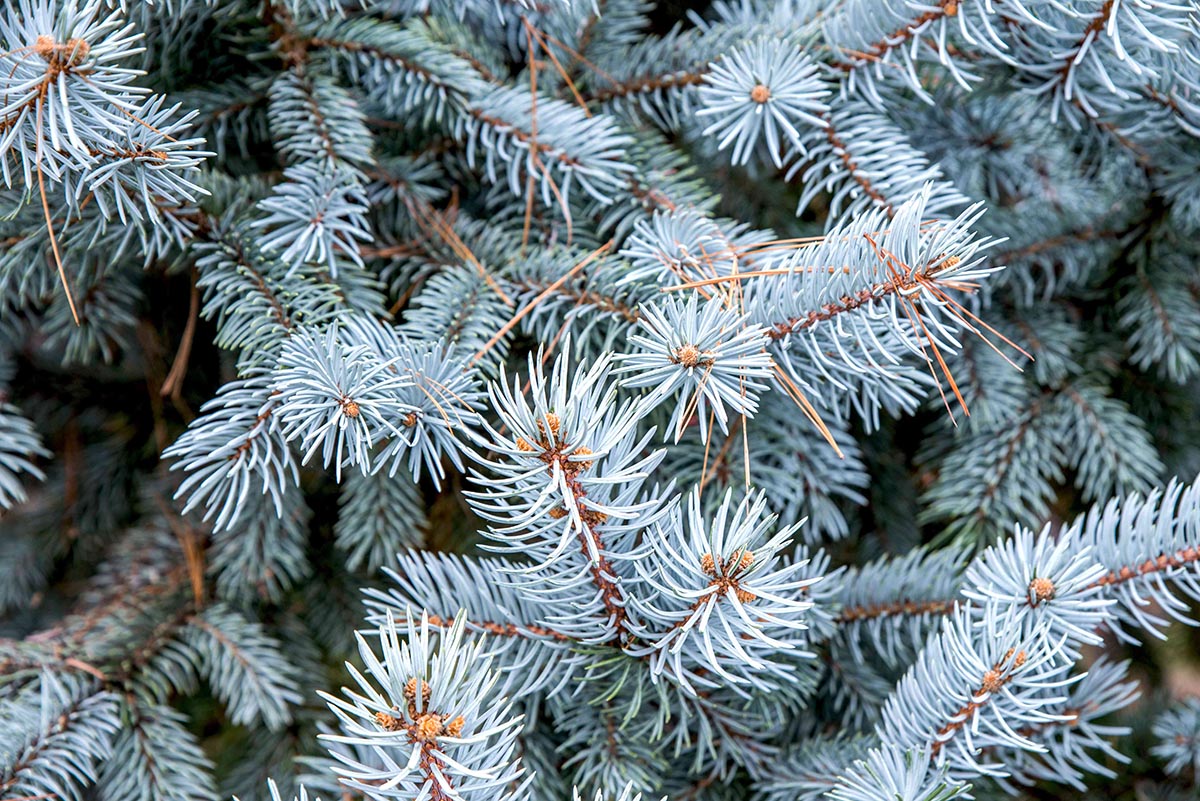

Garden Essentials
How Long Do Spruce Tree Take To Germinate
Modified: March 15, 2024
Discover how long it takes for spruce trees to germinate in your garden. Get expert tips and advice on nurturing healthy spruce seedlings.
(Many of the links in this article redirect to a specific reviewed product. Your purchase of these products through affiliate links helps to generate commission for Storables.com, at no extra cost. Learn more)
Introduction
When it comes to growing your own garden, spruce trees can add a touch of beauty and elegance to any landscape. These majestic evergreens can provide shade, privacy, and a natural backdrop for your outdoor space. However, before you can enjoy the benefits of a fully grown spruce tree, you need to start with germinating the seeds.
Germination is the process of a seed developing into a new plant. It is an essential step in the life cycle of a spruce tree. Understanding how long it takes for spruce tree seeds to germinate and the factors that influence the germination process can help you plan and cultivate your garden more effectively.
In this article, we will explore the various factors that affect spruce tree germination, the techniques for successful germination, and the approximate timeframe you can expect for your seeds to sprout.
Key Takeaways:
- Spruce tree seeds can take a few weeks to several months to germinate, depending on the species and environmental conditions. Patience and proper care are essential for successful seedling development.
- Techniques like seed stratification and scarification can enhance spruce tree germination rates. Understanding factors like temperature, moisture, and soil quality is crucial for growing healthy spruce trees.
Factors Affecting Spruce Tree Germination
Several factors play a crucial role in the successful germination of spruce tree seeds. Understanding these factors can help you create the optimal conditions for your seeds to thrive.
- Temperature: Temperature plays a significant role in the germination process. Most spruce tree species prefer cooler temperatures for successful germination. The ideal temperature range for spruce tree germination is typically between 40°F (4°C) and 60°F (15°C). Extreme heat or cold can inhibit or delay germination.
- Moisture: Adequate moisture is essential for seed germination. Spruce tree seeds need to be in a moist environment to soften the outer seed coat and trigger germination. However, excessive moisture can lead to rot or fungal diseases. It’s crucial to strike a balance and provide consistent but not saturated moisture levels.
- Light: While some seeds require light for germination, spruce tree seeds do not. In fact, they prefer to germinate in the dark. The seed coat is thick and helps protect the embryo from light. Keep the seeds covered or buried in soil for optimal germination conditions.
- Soil Quality: The quality of the soil medium plays a vital role in spruce tree germination. The soil should be well-draining to prevent waterlogging, which can suffocate the seeds. It’s recommended to use a mixture of peat moss, perlite, and sand to create a loose and aerated growing medium for the seeds.
- Seed Age and Viability: The age and viability of the seeds can greatly affect germination success. Freshly harvested seeds generally have higher germination rates compared to older seeds. It’s best to obtain seeds from a reputable source to ensure they are of good quality and viability.
By considering these factors and optimizing the conditions for spruce tree germination, you can increase the chances of successful seed sprouting and ultimately grow healthy and robust spruce trees in your garden.
Seed Stratification
Seed stratification is a technique used to break dormancy in certain plant seeds, including spruce tree seeds. It involves subjecting the seeds to specific temperature and moisture conditions to mimic the natural conditions they would experience in their natural environment.
Spruce tree seeds often have a hard seed coat that can prevent water absorption and inhibit germination. By stratifying the seeds, you can soften the seed coat and provide the necessary conditions for germination.
To stratify spruce tree seeds, you will need:
- Seeds: Collect or purchase fresh spruce tree seeds. Ensure they are cleaned and free from any debris.
- Moisture: Moisten a layer of sterile sand or vermiculite in a container.
- Seeds and Sand Mixture: Mix the seeds with the moistened sand or vermiculite, ensuring the seeds are evenly distributed.
- Cold Stratification: Place the container with the seed and sand mixture in a sealed plastic bag and refrigerate it for a specific period. The duration of cold stratification varies depending on the spruce tree species, but it generally ranges from 30 to 90 days.
- Check Moisture Levels: Periodically check the moisture levels in the container during stratification. It’s important to ensure the sand or vermiculite remains moist but not saturated.
After the stratification period is complete, you can remove the seeds from the refrigerator and plant them in suitable growing medium or pots. The seeds should be ready to sprout, and with the right care, you can expect to see seedlings emerging within a few weeks.
Seed stratification is an effective technique for enhancing spruce tree germination rates. It mimics the natural process and provides the optimal conditions for breaking seed dormancy. By incorporating stratification into your germination process, you can increase the success of your spruce tree cultivation.
Germination Requirements
For successful germination of spruce tree seeds, certain requirements must be met to provide an ideal environment for seedling development. Meeting these requirements will increase the germination rates and promote healthy seedling growth. Here are the essential germination requirements for spruce tree seeds:
- Moisture: Adequate moisture is crucial for seed germination. When the seeds absorb water, it activates enzymes that initiate the germination process. Ensure the growing medium or soil is consistently moist but not waterlogged.
- Air Circulation: Good air circulation is essential to prevent fungal diseases and promote seedling development. Avoid overcrowding the seeds and provide sufficient space between them to allow for proper air circulation.
- Seed Depth: Plant the spruce tree seeds at the appropriate depth in the soil or growing medium. As a general rule, the seeds should be planted at a depth equal to twice their size. This allows for proper root development and access to essential nutrients.
- Temperature: As mentioned earlier, spruce tree seeds prefer cooler temperatures for germination. Maintain a temperature range between 40°F (4°C) and 60°F (15°C) to provide optimal conditions for seed sprouting. Extreme temperatures can hinder or delay germination.
- Light: Unlike some seeds that require light for germination, spruce tree seeds do not rely on light. In fact, they can germinate in complete darkness. Keep the seeds covered with soil or growing medium to provide the necessary darkness for successful germination.
- Protection from Predators: Protecting the germinating seeds from animals or birds that may dig them up is essential. Consider using protective barriers or covers to prevent any disturbance to the germinating seeds.
By ensuring these germination requirements are met, you increase the likelihood of successful spruce tree seed germination. Paying attention to these factors will provide the optimal conditions for your seeds to sprout and develop into healthy seedlings.
Spruce tree seeds can take 3-4 weeks to germinate. To speed up the process, you can soak the seeds in water for 24 hours before planting. Keep the soil consistently moist and provide plenty of sunlight for best results.
Germination Timeframe
The germination timeframe for spruce tree seeds can vary depending on several factors, including the species of spruce, environmental conditions, and germination techniques employed. Typically, spruce tree seeds take anywhere from a few weeks to several months to germinate.
Some spruce tree species, such as the Colorado Spruce (Picea pungens) or Norway Spruce (Picea abies), may germinate within 2 to 4 weeks under optimal conditions. Other species, like the Black Spruce (Picea mariana) or White Spruce (Picea glauca), have a longer germination period and may take several months to sprout.
It’s important to note that seed stratification, as mentioned earlier, can significantly impact the germination timeframe. By subjecting the seeds to a period of cold stratification, you can break seed dormancy and improve germination rates. The stratification period can range from 30 to 90 days, depending on the spruce tree species.
Furthermore, environmental conditions such as temperature, moisture levels, and air circulation play a crucial role in germination timeframe. Providing the optimal conditions, including consistent moisture, appropriate temperature, and good air circulation, can expedite the germination process.
It’s important to be patient during the germination process, as spruce tree seeds may have different germination speeds. Regularly monitor the seeds and ensure that the moisture levels are maintained. Keep in mind that not all seeds will germinate at the same time, so it’s normal to see staggered germination over a period of days or weeks.
If you are unsure about the germination timeframe for a specific spruce tree species, consult reputable sources or seed suppliers to gather more precise information. By understanding the germination timeframe, you can plan accordingly and provide the necessary care and attention to your spruce tree seeds as they progress through the germination process.
Germination Techniques
There are various germination techniques that can be employed to enhance the germination success of spruce tree seeds. These techniques can help overcome seed dormancy and provide optimal conditions for seedling development. Here are a few commonly used germination techniques:
- Seed Stratification: As mentioned earlier, seed stratification is a valuable technique for breaking seed dormancy. By subjecting the seeds to a period of cold stratification in the refrigerator, the seed coat is softened, and germination rates are improved. This technique is particularly effective for spruce tree species that require stratification for successful germination.
- Scarification: Scarification involves breaking or weakening the hard outer seed coat to allow water to penetrate and initiate germination. You can scarify spruce tree seeds by gently rubbing them with a small file, sandpaper, or soaking them in warm water overnight. This technique can help speed up the germination process for seeds with a particularly hard seed coat.
- Pre-soaking: Pre-soaking spruce tree seeds in water for a period of 24 to 48 hours can help jumpstart the germination process by hydrating the seeds. This technique can be particularly useful for species with hard seed coats that may benefit from initial hydration before planting.
- Germination in Controlled Environments: Creating a controlled germination environment, such as using a germination tray or a small greenhouse, can provide optimal conditions for seedling development. These environments can help regulate temperature, moisture, and humidity levels, creating an ideal setting for spruce tree seed germination.
- Direct Seeding: Alternatively, you can choose to directly sow spruce tree seeds outdoors in their final planting location. This technique is suitable for species that naturally thrive in the local climate and do not require any specific germination treatments. Ensure the seeds are planted at the appropriate depth and provide regular moisture to promote germination.
It’s important to note that not all spruce tree species require the same germination techniques. Researching the specific requirements of the spruce tree species you are working with will help you determine the most effective germination technique.
Experimenting with different techniques and observing the results can provide valuable insights into the best approach for spruce tree germination in your specific environment.
By utilizing these germination techniques, you can increase the germination success rates and achieve healthy spruce tree seedlings for your garden or landscape projects.
Conclusion
Growing spruce trees from seeds can be a rewarding and fulfilling experience. Understanding the factors that affect spruce tree germination, implementing the right techniques, and providing optimal conditions can greatly enhance the success of your germination efforts.
Factors such as temperature, moisture levels, light, soil quality, and the age of the seeds all play a crucial role in spruce tree germination. By considering these factors and providing the necessary requirements, you can create an environment that encourages seedling development.
Seed stratification is an effective technique for breaking seed dormancy and increasing germination rates. By subjecting the seeds to a period of cold stratification, you can mimic the natural conditions they would experience in their native habitat.
Ensuring adequate moisture, air circulation, and proper seed depth are also essential for successful spruce tree germination. Providing protection from predators and maintaining the ideal germination temperature range further supports the germination process.
Depending on the species and the germination techniques employed, spruce tree seeds can take anywhere from a few weeks to several months to germinate. It’s important to be patient and monitor the conditions to ensure the best chances of success.
Utilizing techniques like scarification, pre-soaking, and creating controlled germination environments can further improve germination rates and speed up the process. Experimenting with these techniques and observing the results can help you determine the most effective approach for your spruce tree seeds.
In conclusion, spruce tree germination is an intricate and fascinating process. By understanding the factors that influence germination, employing appropriate techniques, and providing optimal conditions, you can increase the success of your germination efforts and grow healthy and vibrant spruce trees in your garden or outdoor space.
With patience, care, and a little bit of gardening know-how, you can enjoy the beauty and benefits of these majestic evergreens for years to come.
Frequently Asked Questions about How Long Do Spruce Tree Take To Germinate
Was this page helpful?
At Storables.com, we guarantee accurate and reliable information. Our content, validated by Expert Board Contributors, is crafted following stringent Editorial Policies. We're committed to providing you with well-researched, expert-backed insights for all your informational needs.
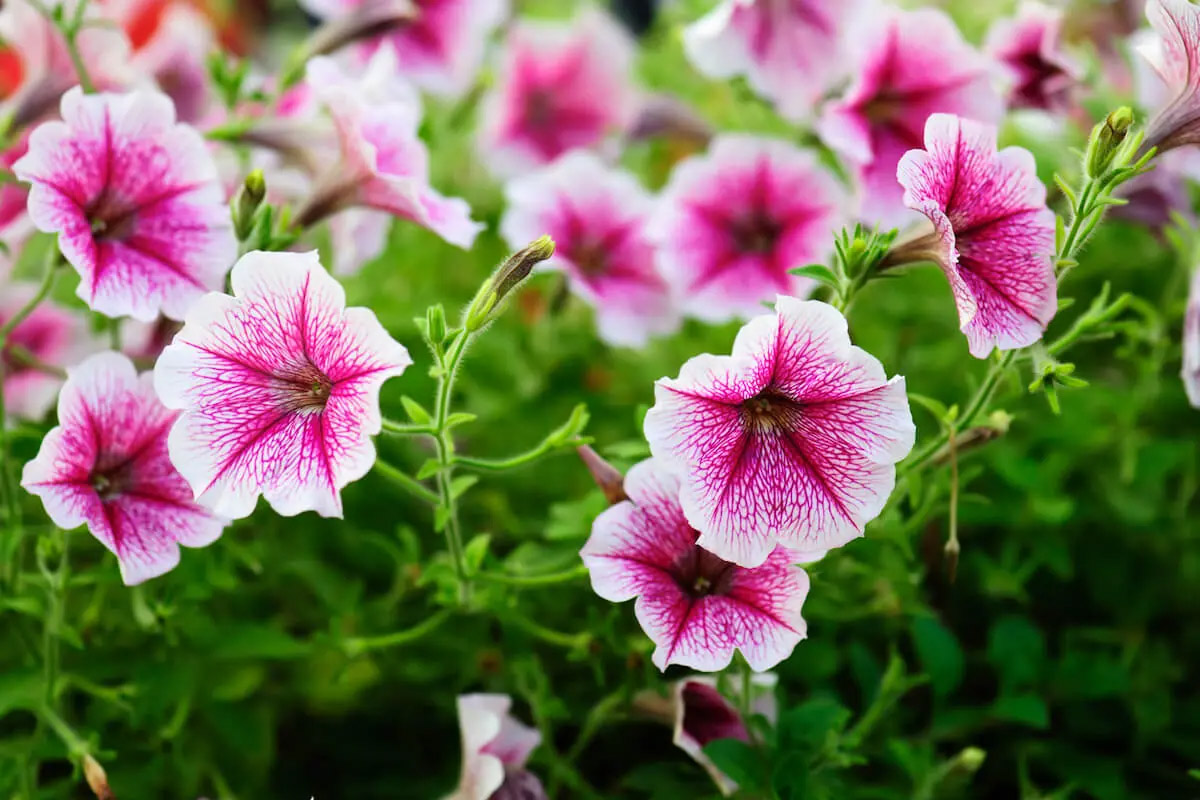
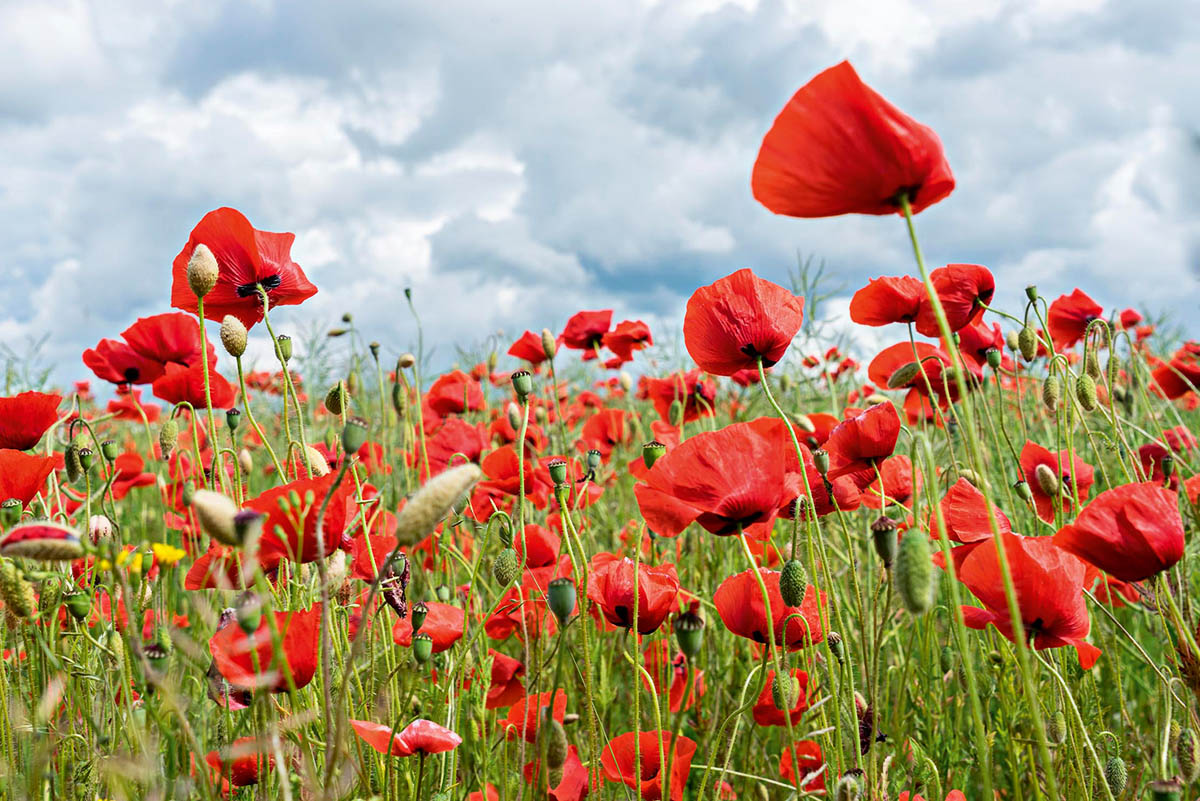
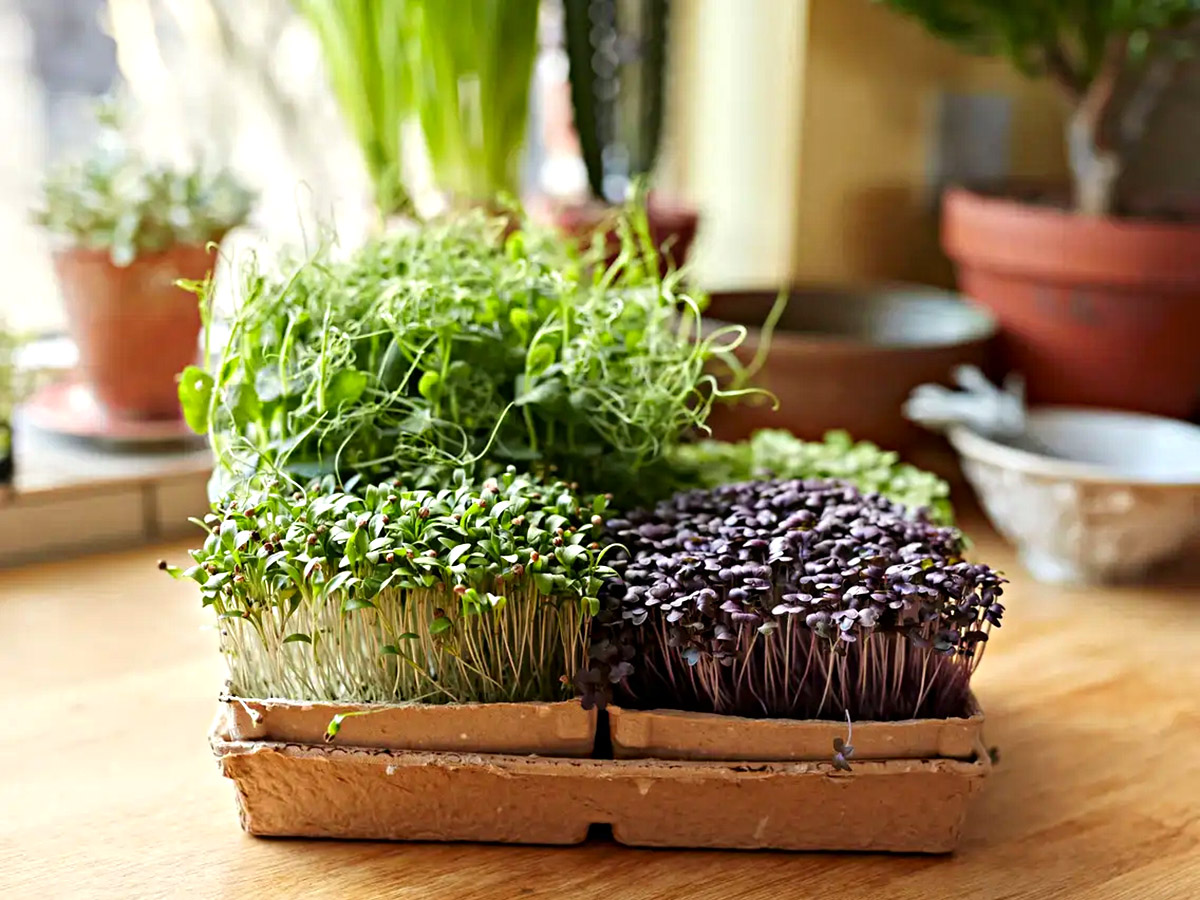
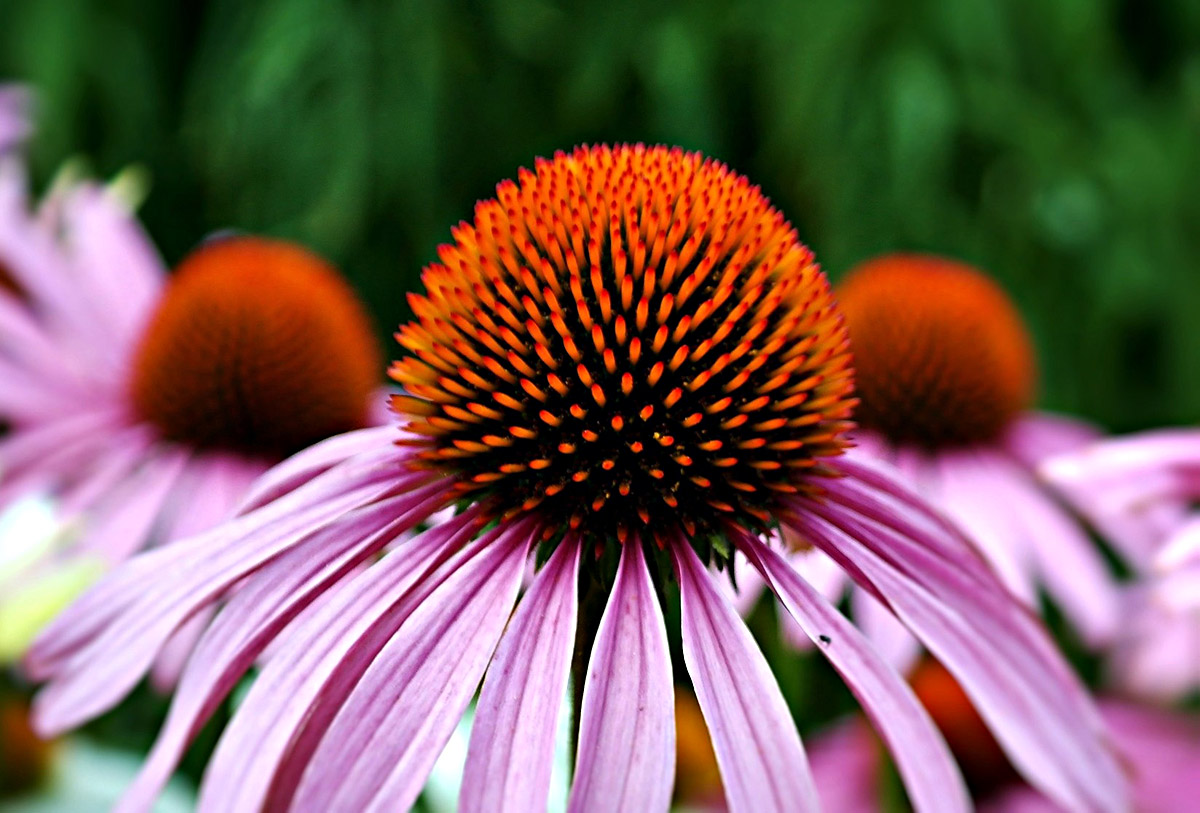
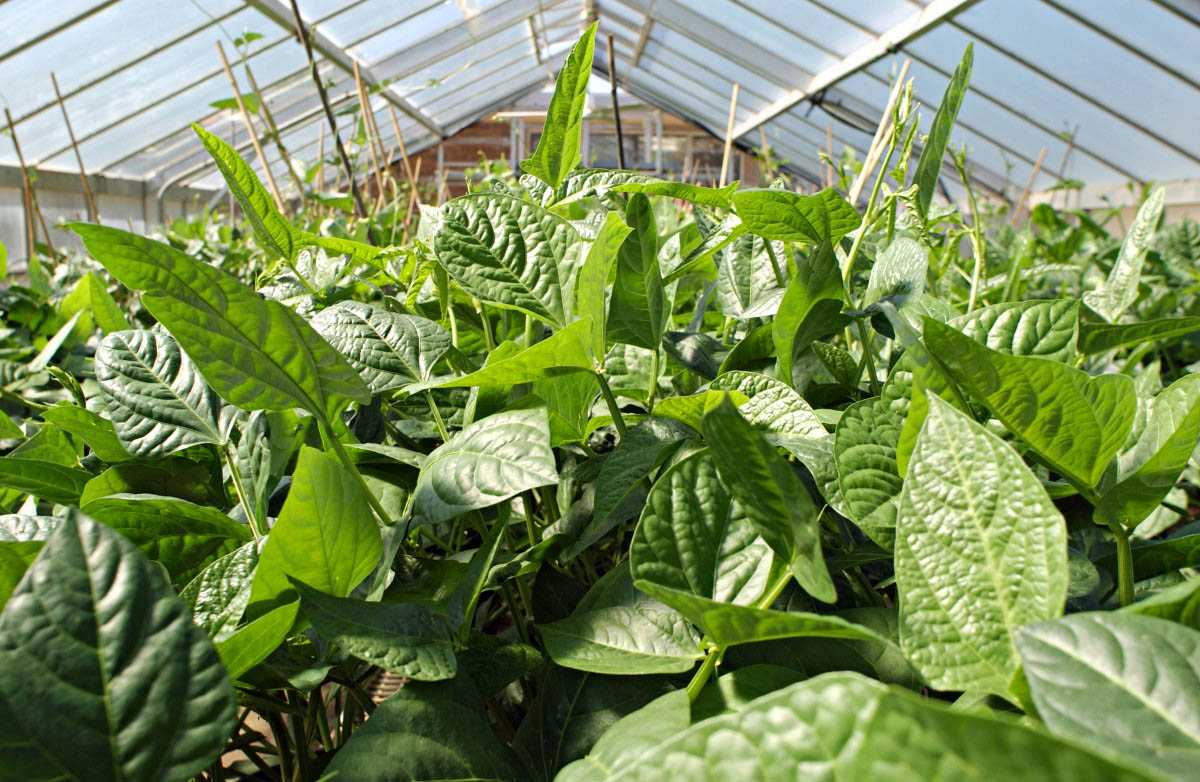
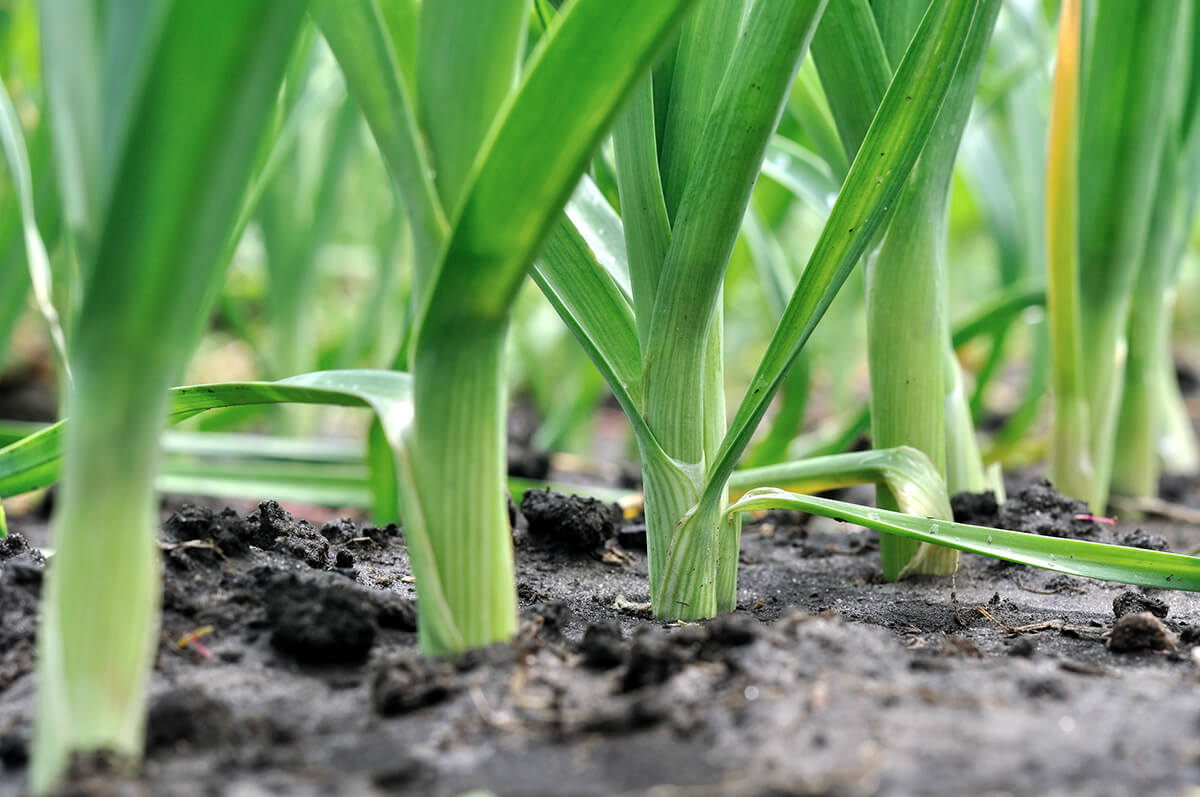
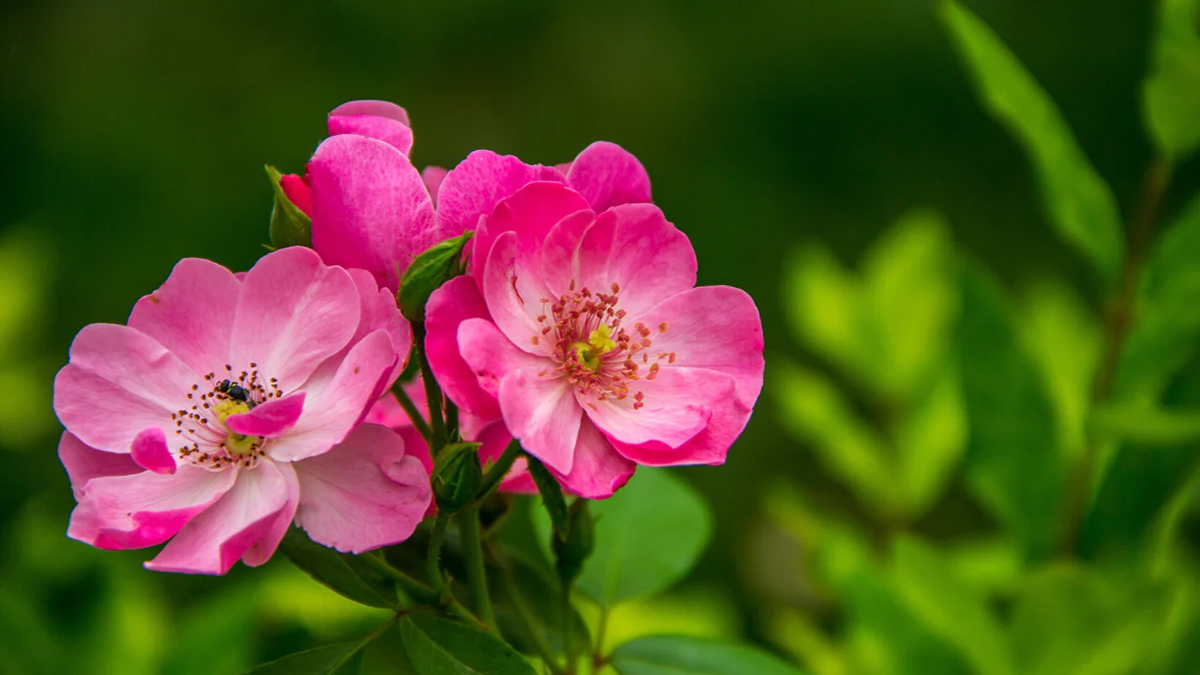
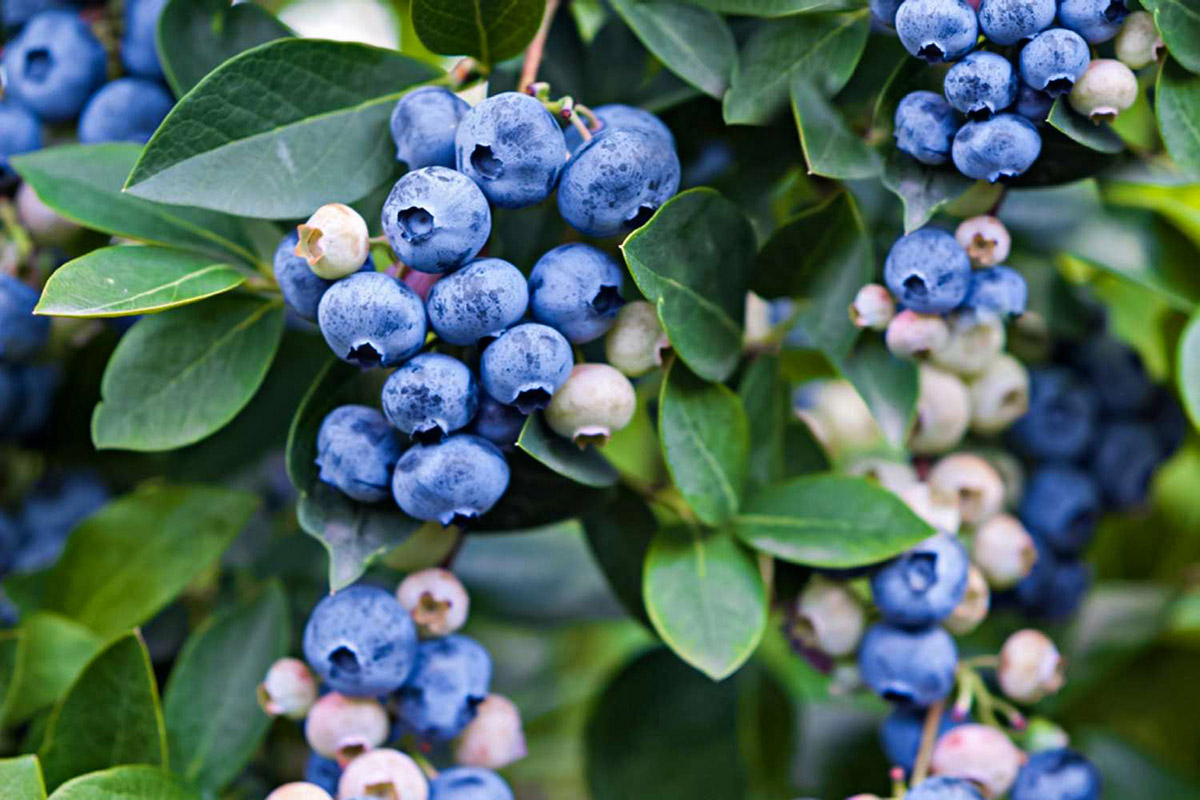
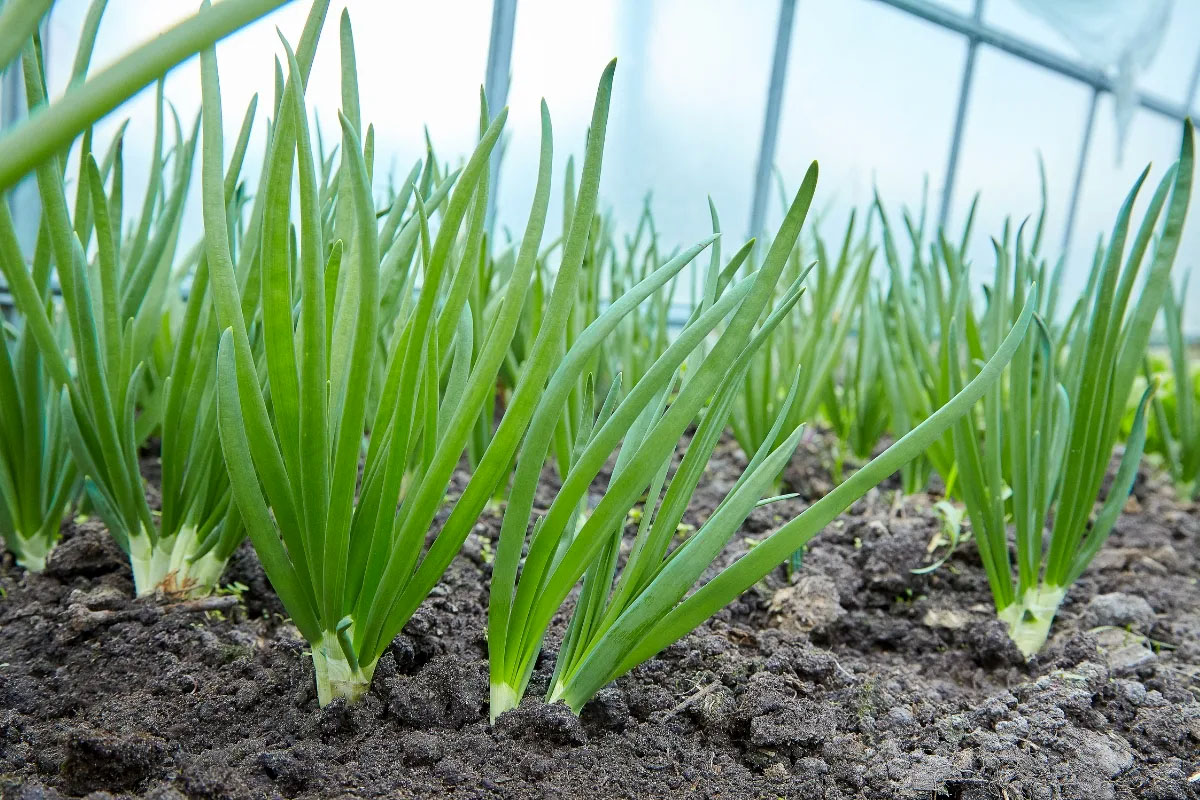
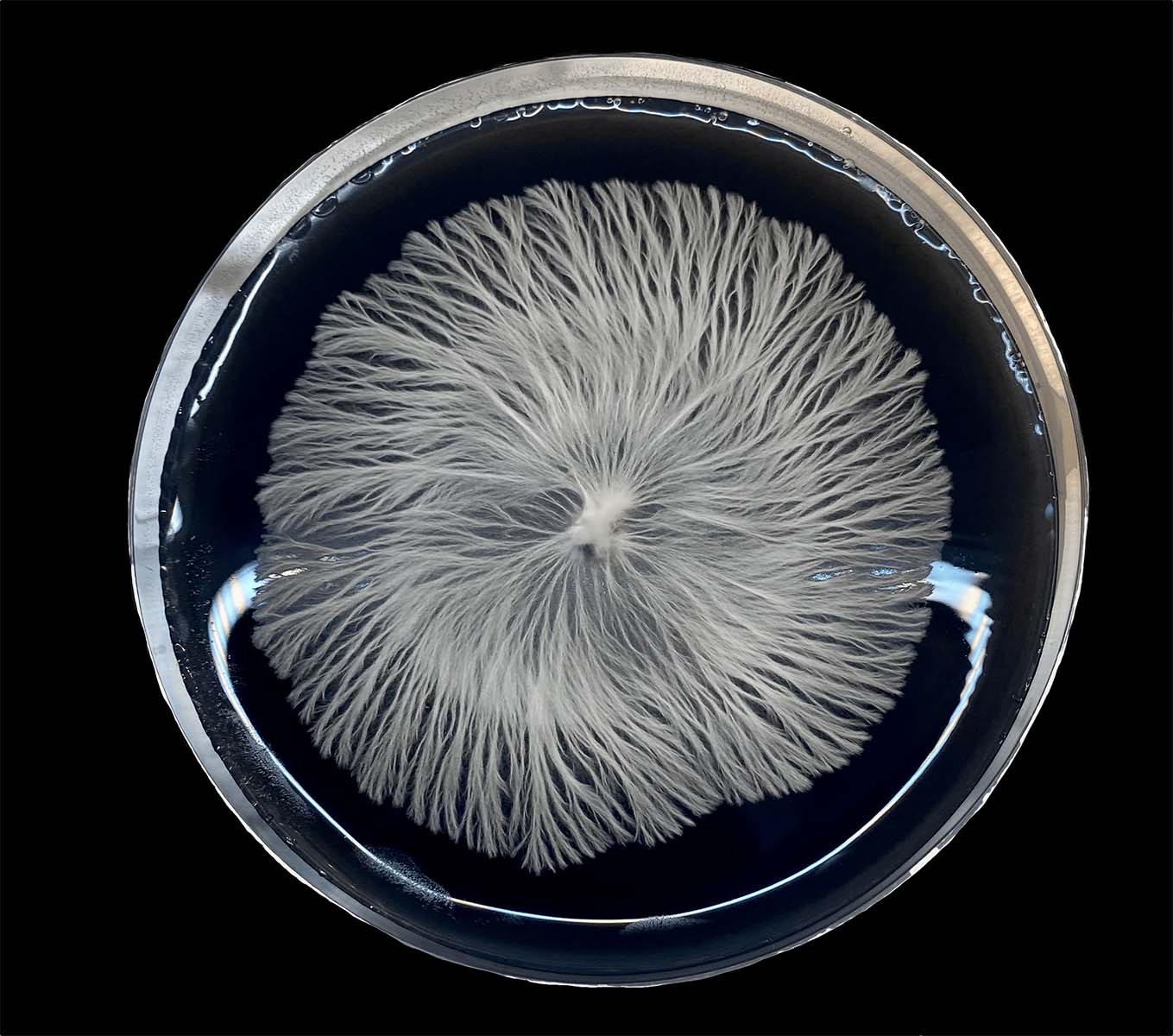
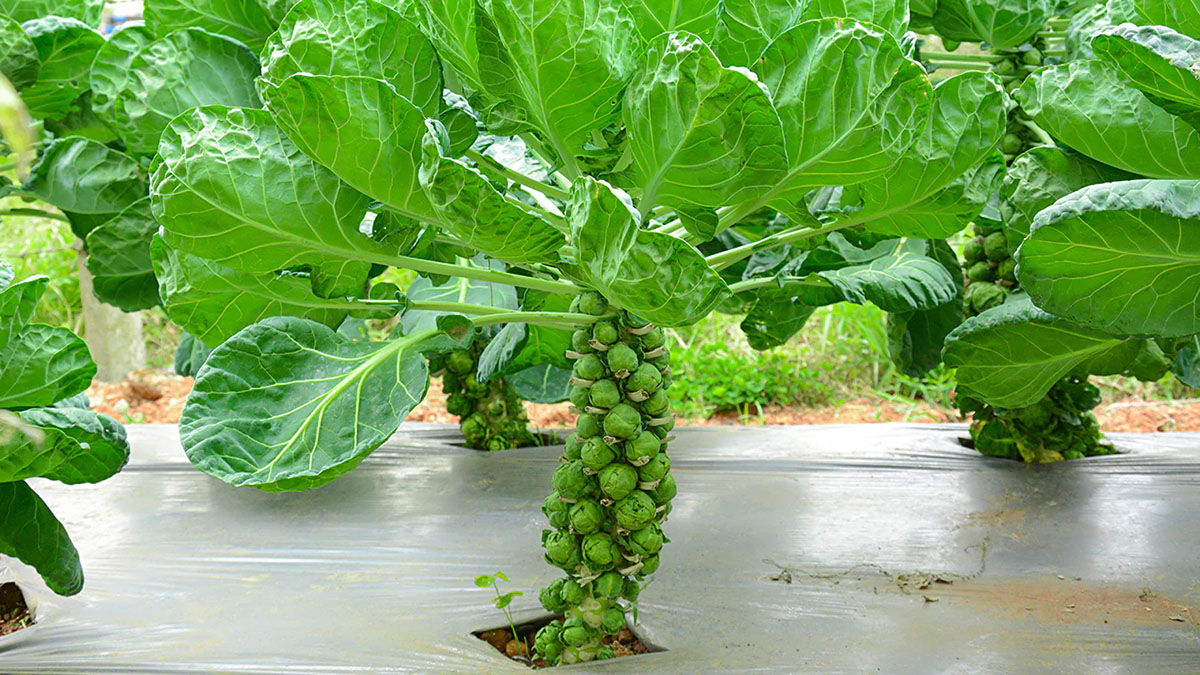
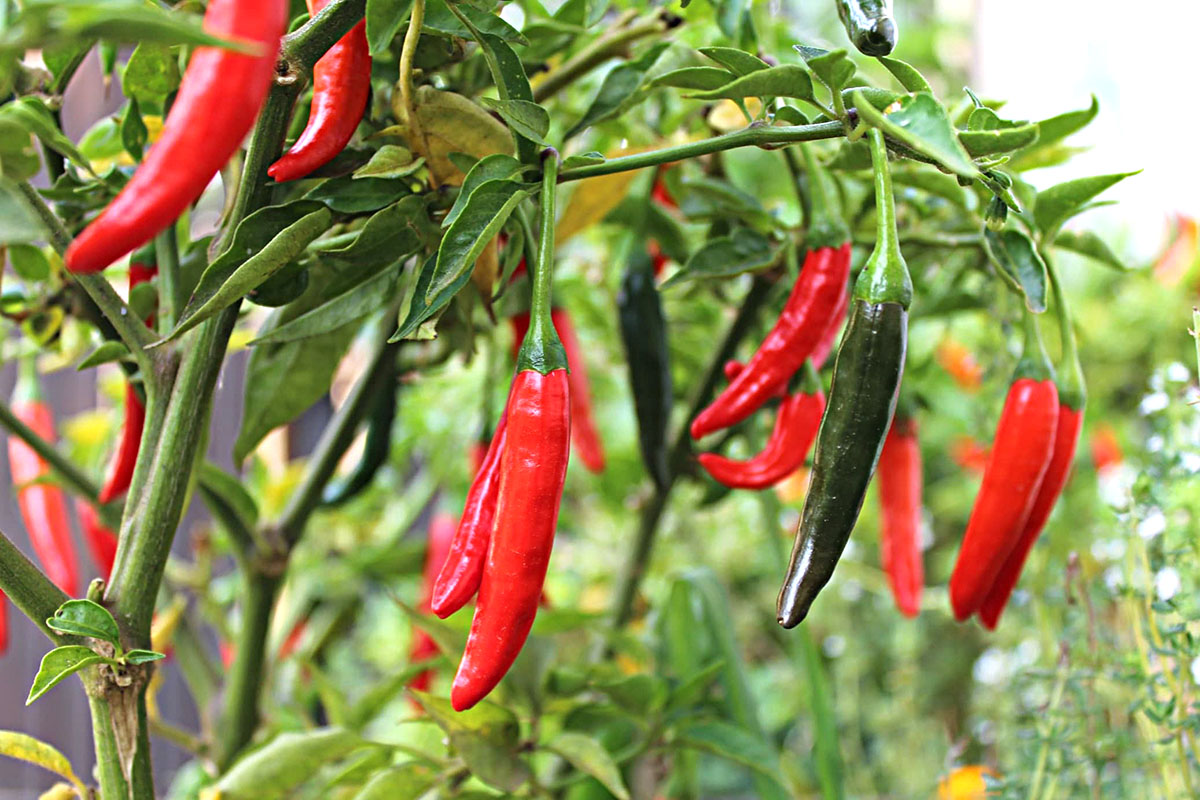
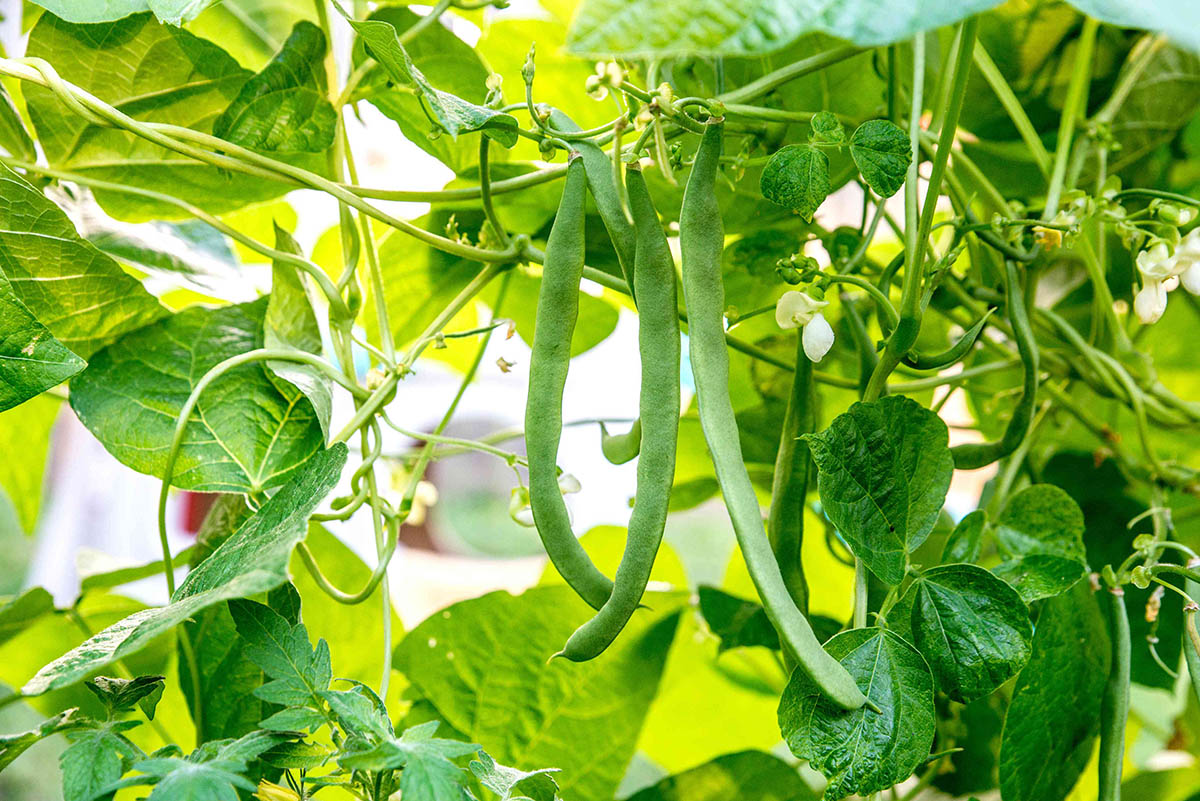
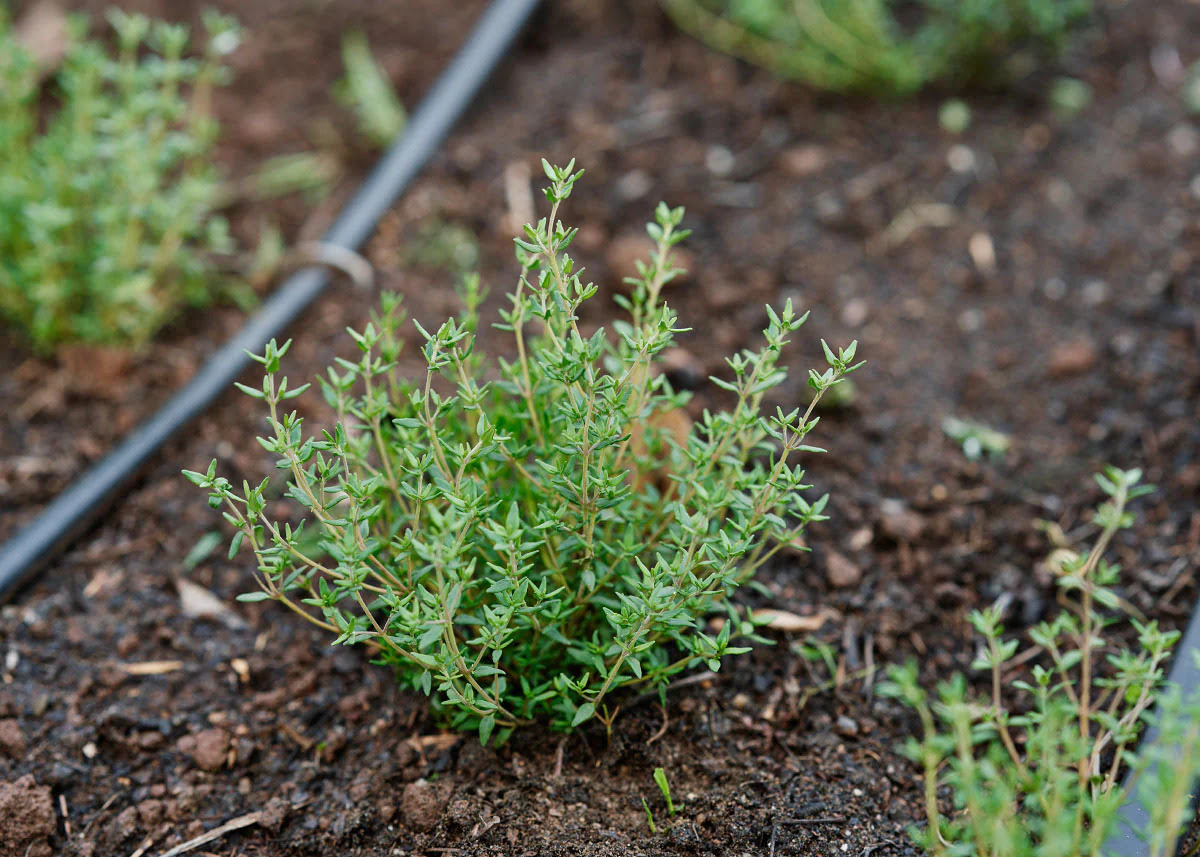

0 thoughts on “How Long Do Spruce Tree Take To Germinate”